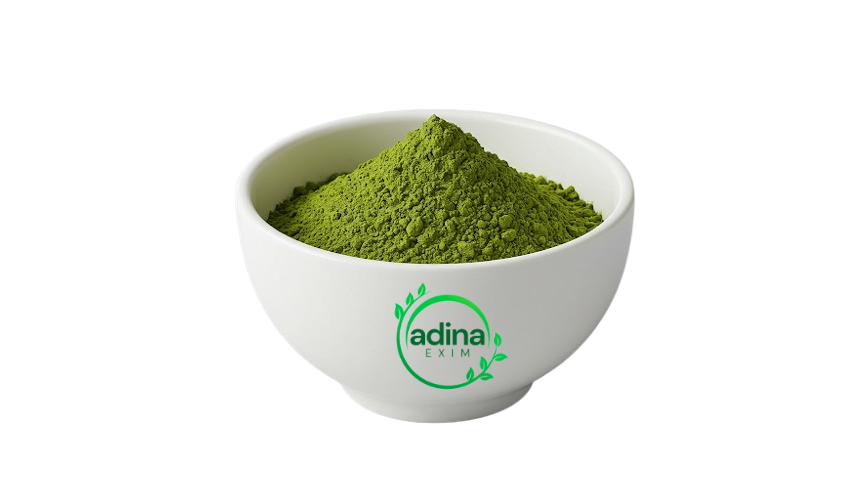
Green tea from the Nilgiris and Wayanad, grown at an altitude of 2200 feet above sea level (ASL), stands out for its unique characteristics, superior quality, and the distinct terroir that the region imparts to the tea leaves. The combination of ideal climate, rich soil, and traditional cultivation practices at this altitude creates a green tea that is truly special. Green tea grown in the aromatic Nilgiris and Wayanad at 2200 ft. ASL is an exceptional product, known for its fresh, smooth, and mellow flavour profile. The unique combination of altitude, climate, and soil conditions creates a tea that is rich in antioxidants, refreshing, and aromatic. The tea’s mild taste, coupled with its health benefits, sustainability, and cultural significance, makes it a prized choice for tea lovers and health-conscious consumers alike. Whether enjoyed hot or iced, this green tea provides a delightful and rejuvenating experience that captures the essence of its pristine origin.